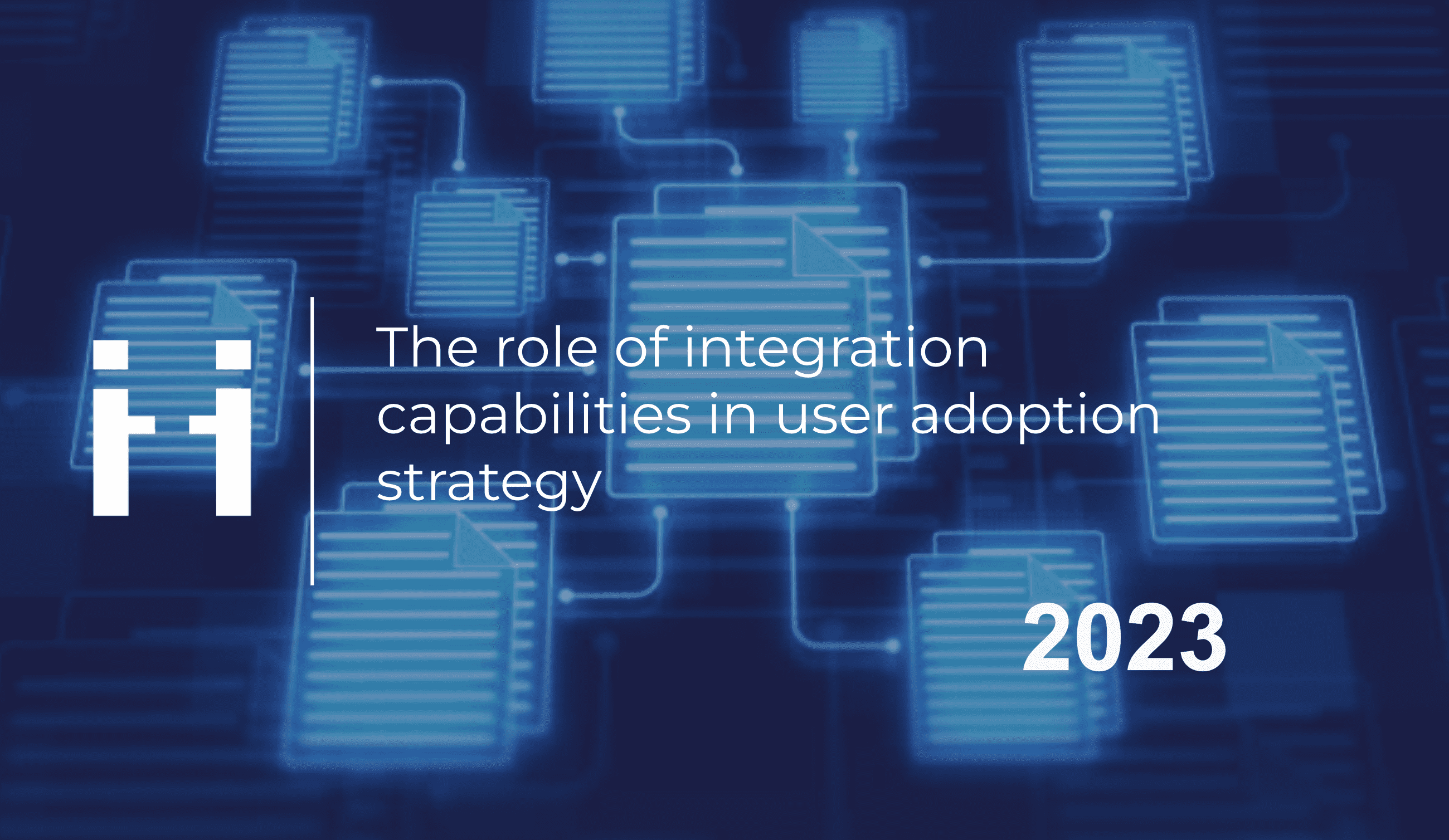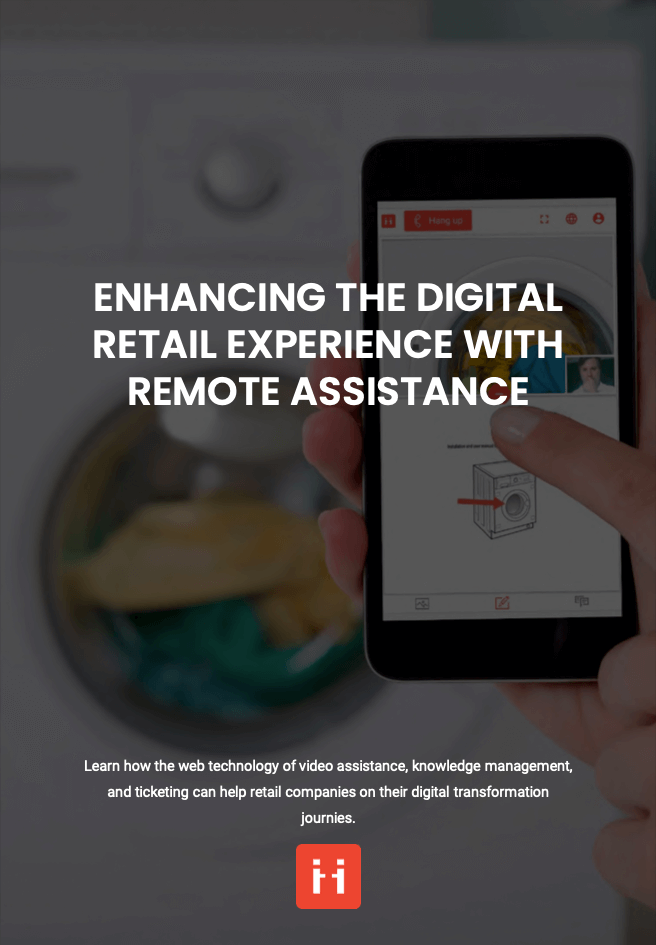
Share this article
Share this article

Every digital solution is designed to solve a particular problem, and its success is determined by how enthusiastically the users will adopt it. Experience proves that this path is often fraught with challenges, as new software and technology can be daunting, complex, and unfamiliar.
The digital landscape is oversaturated with solutions of all kinds, and users, understanding the abundance around them, often refrain from giving new apps a trial simply because they are already comfortable with the tool they use. Or after an unsuccessful onboarding, they prefer to move on to another one instead of granting the solution a second chance. In fact, data shows that 74% of potential customers will switch to other solutions if the onboarding process is too complicated.
To avoid this, companies allocate sufficient resources to customer behavior research, and market studies, and attempt to create flawless tutorials. However, there is one peculiarity that has to be taken into consideration when designing a user adoption strategy. Integration capabilities. In this article, we will explain their pivotal role in enhancing user experience and the tangible benefits they bring to end-users.
Integration capabilities define the ability of a software system to seamlessly communicate, share data, and collaborate with other systems, applications, or services. The best example of it is when you use Outlook email and can easily receive emails from someone sending them from Gmail. Another example is when an e-commerce website offers different payment options.
In today’s interconnected world integration capabilities are the entry barrier for digital solutions. Without them, companies risk losing precious clientele. The goal of any integration is to create a unified, user-friendly experience that will strengthen user adoption strategy. Different methods are used to achieve it.
Application Programming Interfaces work like building blocks. Thanks to them, developers can manipulate the functionalities of applications. APIs define the rules and protocols of data exchange. They are highly flexible and customizable.
Plugins and extensions. They usually imply third-party interference. Working as add-ons, plugins enhance the core functionality of the software, extending its capabilities to meet the unique needs of users.
Connectors. They work as intermediaries that facilitate the exchange of data between two or more systems. Connectors come into play when applications or databases do not natively communicate with each other easily. They are designed with a specific use case or integration in mind, and their functionality is often predefined. Therefore, they are significantly less flexible than APIs.
Middleware. It is software that acts as an intermediary layer between different software components. In comparison to plugins, it operates at a broader level within a software architecture. It may be responsible for tasks like data transformation, routing, security, and orchestration. Middleware often serves as the glue that integrates and connects different parts of a complex software system.
Switching tools can be a daunting task, especially in B2B, so companies try to do as little as possible. Integration addresses this pain point by reducing redundancy and streamlining processes. Users can easily transfer data without manual entry which minimizes errors and enhances productivity.
By moving seamlessly between different platforms, users access a broader spectrum of functionalities that allow them to complete more tasks with less effort. Data accessibility from different sources has become an indispensable factor for remote work, data analytics, and cross-platform compatibility.
By facilitating integration, software and technology solutions empower users to customize and tailor their digital environment to their specific needs. This personalization enhances user satisfaction and engagement.
To illustrate how integration capabilities can positively impact the IT ecosystem of your company, we will use ViiBE, a remote visual support tool, and its pre-packaged integration kit that allows it to be integrated into any CRM, FSM, EAM, CMMS, etc. systems.
How does your company collect customer queries? Most probably via CRM software. The support agent receives the ticket and contacts the customer asking either for more info or guiding him if the issue is clear. Usually, the guidance is in written form and the exchange can take long enough before it gets resolved. With ViiBE integrated into the CRM system, the support agent can launch a real-time video call directly from the ticket and assist the customer more efficiently. Collaborative interface and screen-sharing capabilities make it easier for the agent to explain what needs to be done. As a result, the customer does not feel abandoned, and the chances that he will recommend this service significantly increase.
Unless the company uses outdated tools or even Excel spreadsheets to keep track of its work orders, a field service management (FSM) solution should be its primary tool. FSM software optimizes maintenance activities, helps to save travel time for the technicians, and keeps track of their work order completion.
Integration with remote visual support enhances the FSM solution’s capabilities. When the expert creates the work order, he can launch a ViiBE real-time call to examine the customer’s problem. This helps to understand whether it can be solved remotely or if a technician is required to go on-site for assistance. Such a remote qualification avoids unnecessary back-and-forth visits and the risk of lost data since all the recordings of sessions are archived inside the work orders. If the technician travels to the customer, he can contact the expert using the familiar ViiBE call for the expert’s assistance or upon completion, launch an asynchronous ViiBE Report that permits him to record the state of the asset and serves as proof of compliance with industry standards and maintenance reglament.
Both of these use cases demonstrate how support agents and technical experts can benefit from remote visual support capabilities without having to change their user habits.
Integrations permit users to execute a vast array of tasks inside familiar environments. When launching a new digital solution, it is essential for the companies to consider what other apps they will be integrated with to expand their reach and provide benefits across a variety of use cases. This will beneficially impact the user adoption strategy.